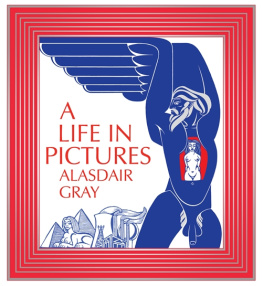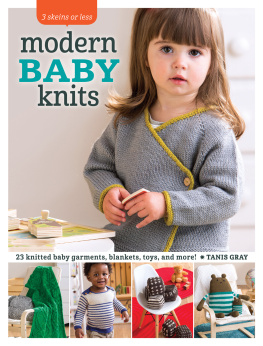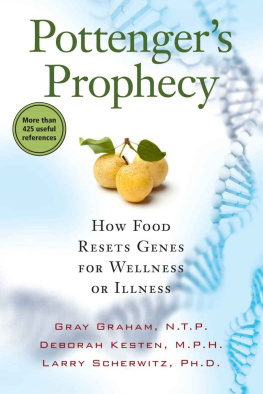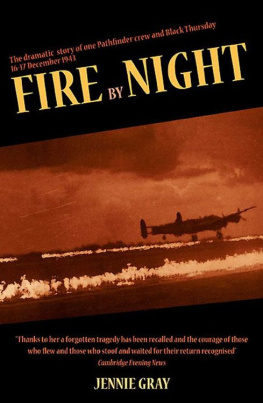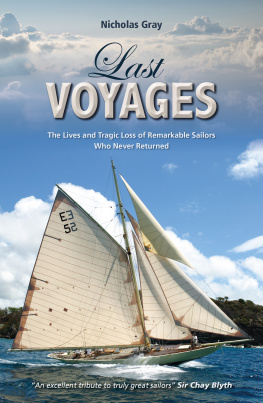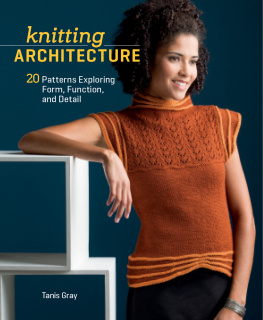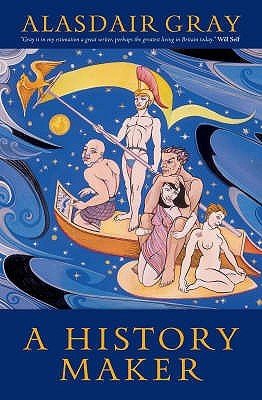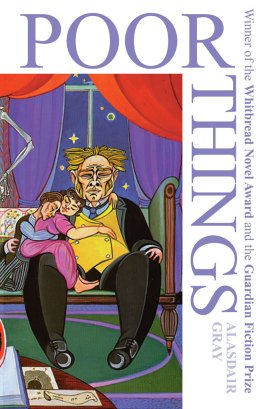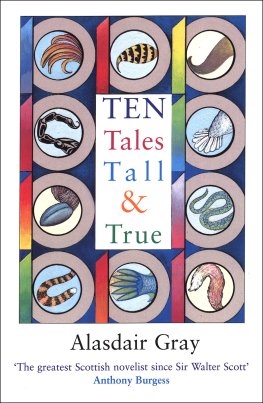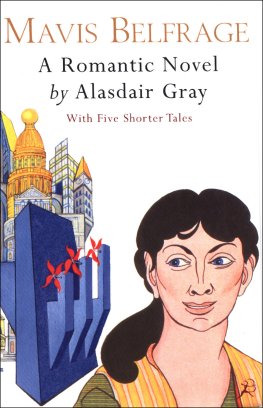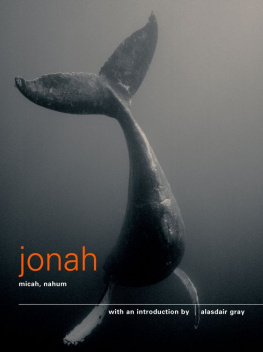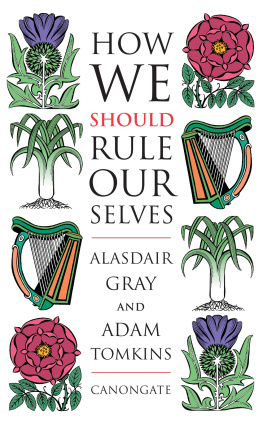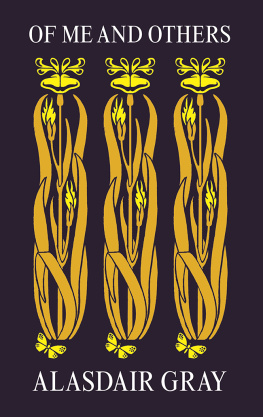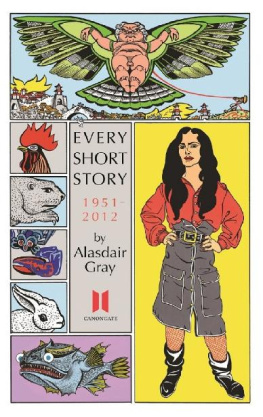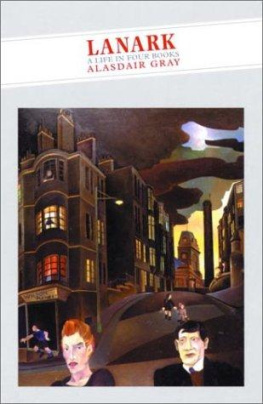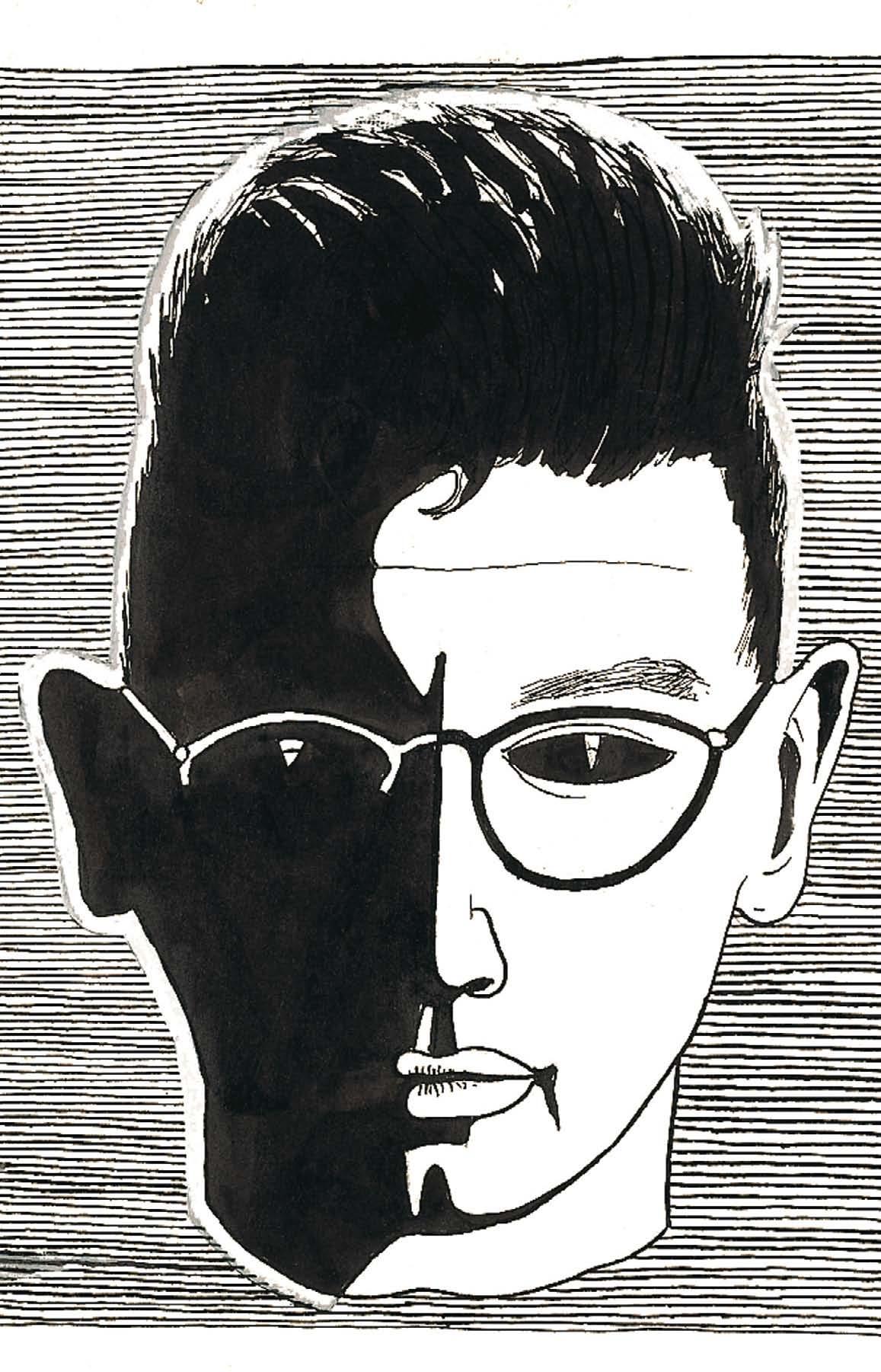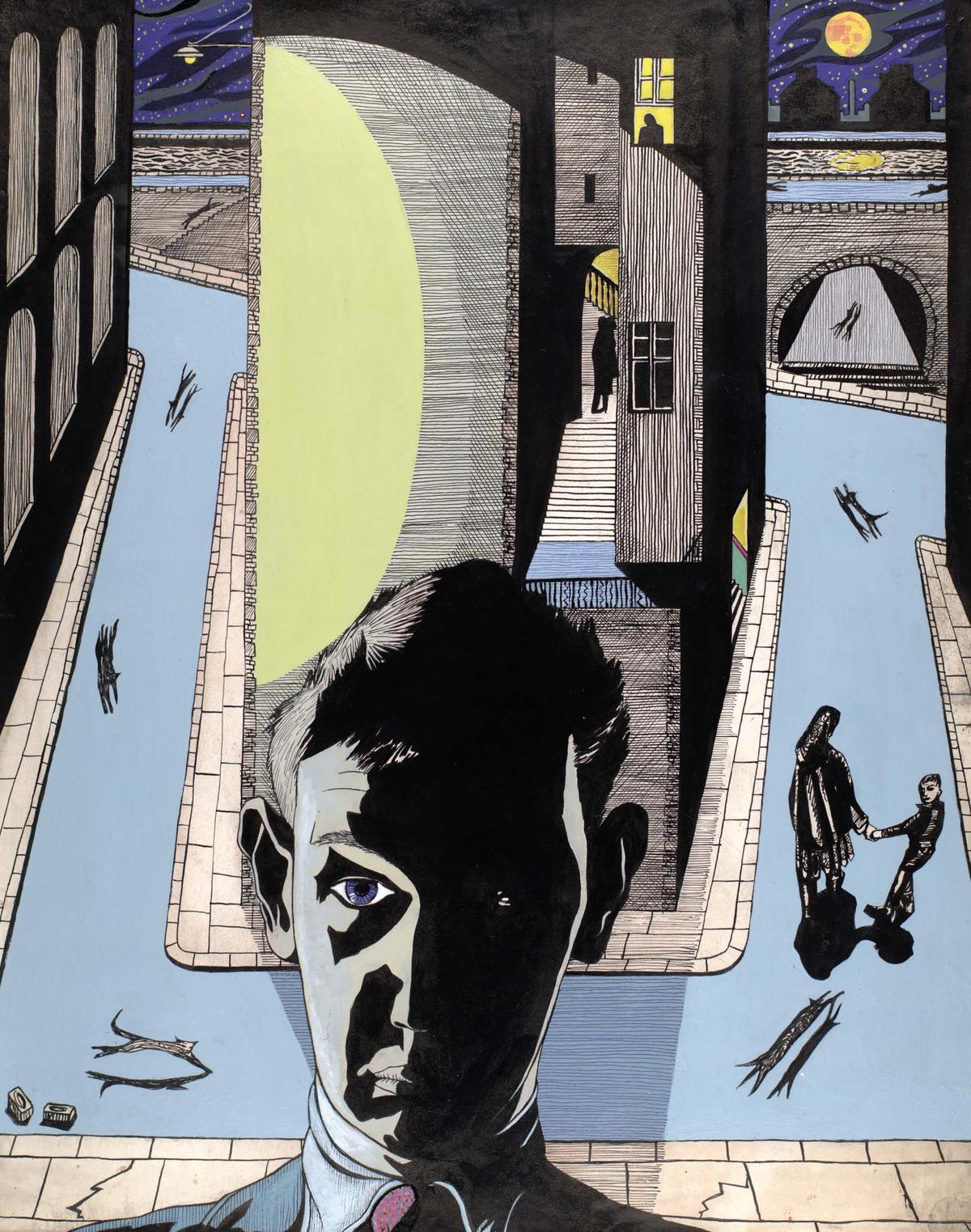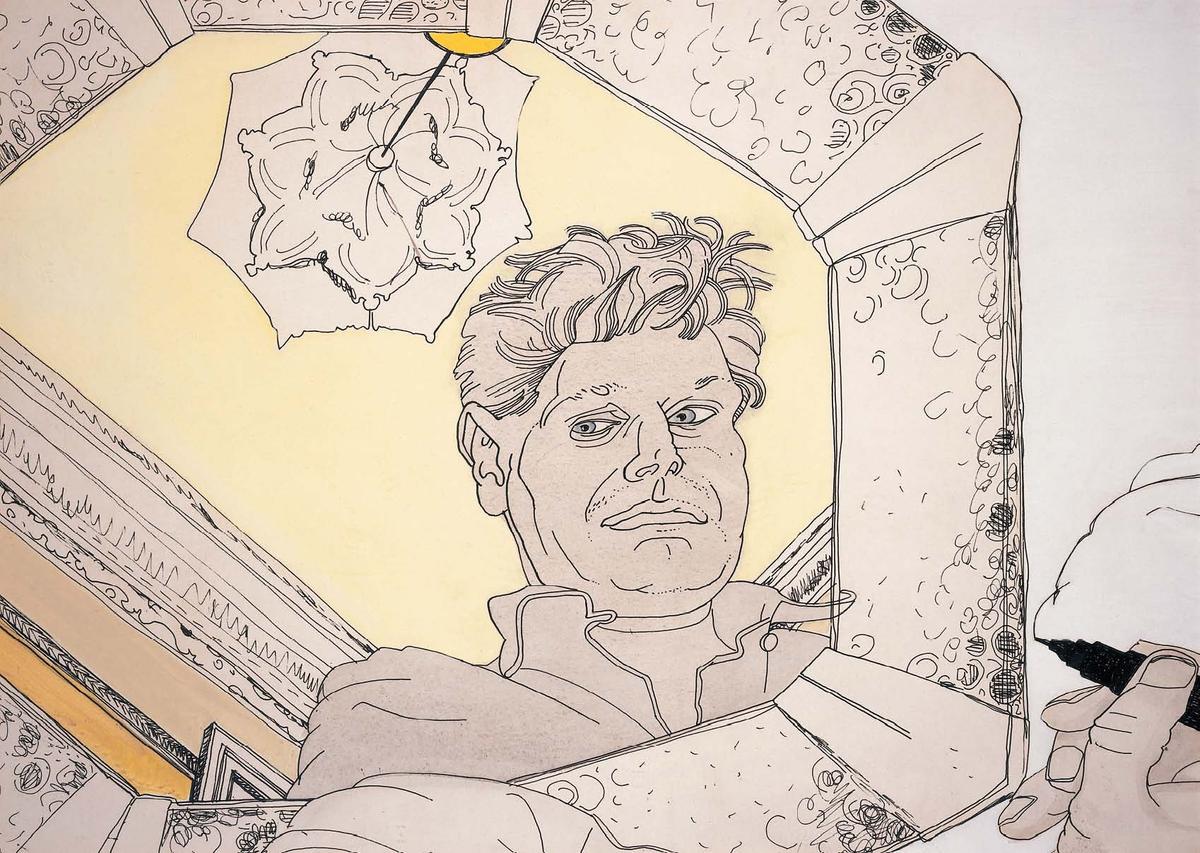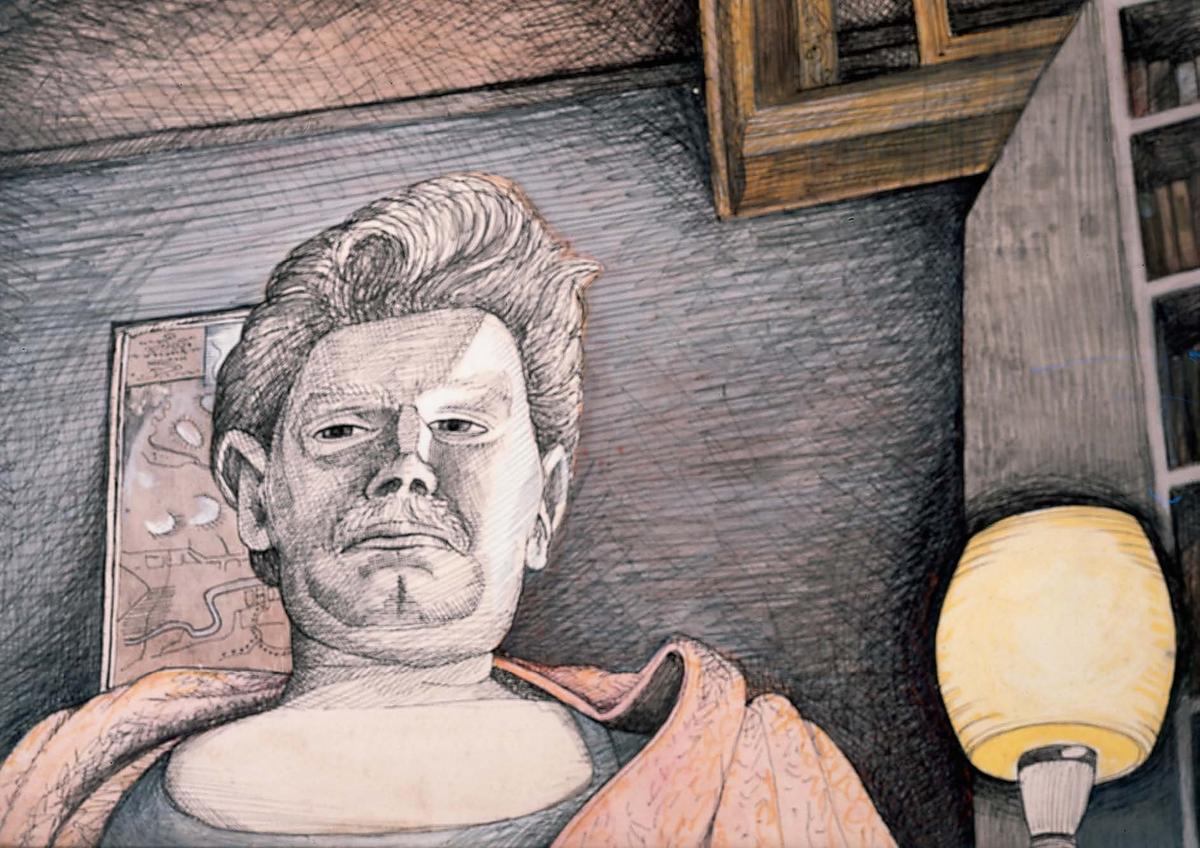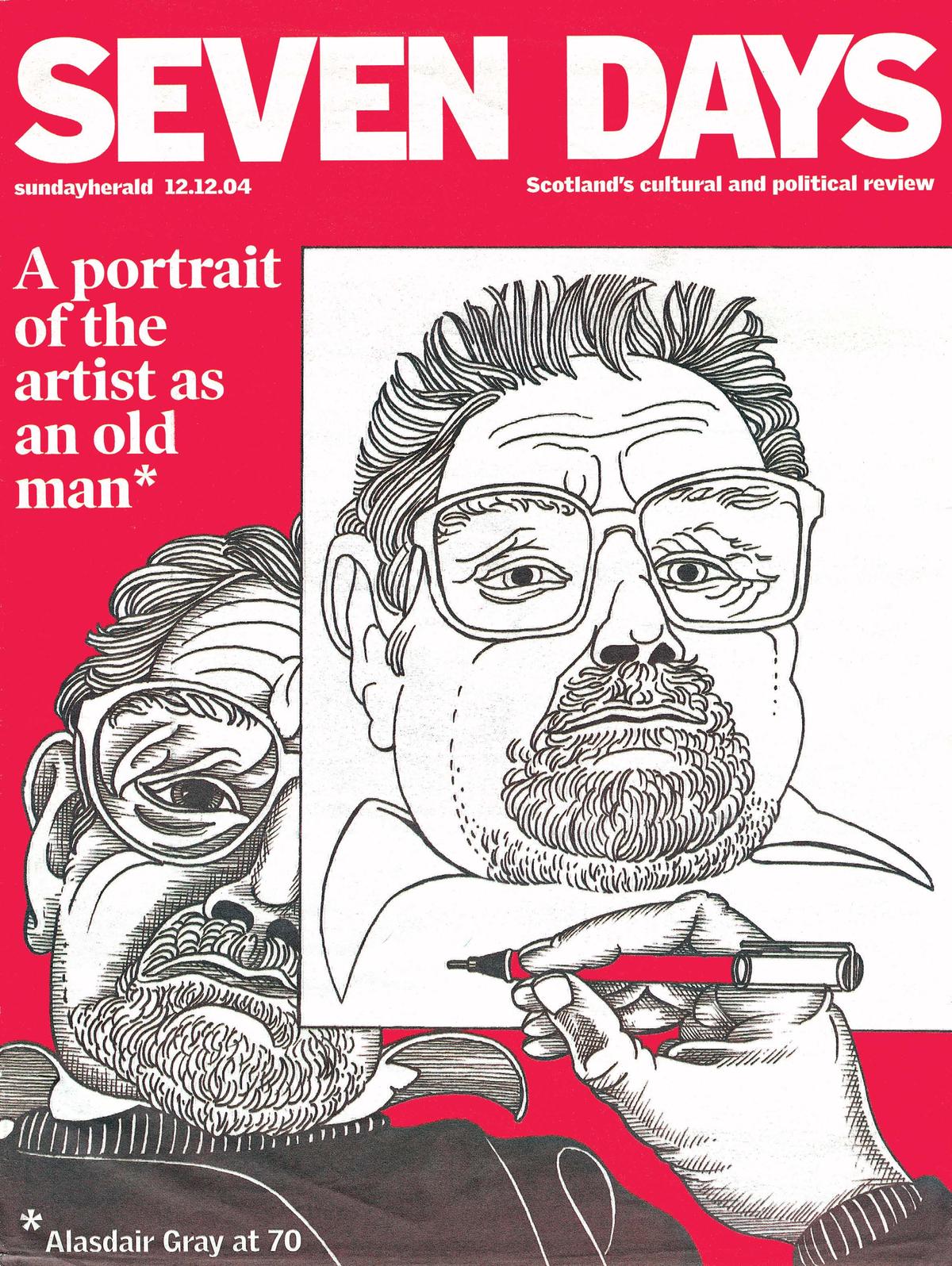I WAS BORN on 28th December 1934 when very few wives gave birth in maternity hospitals, and only professional people and tradesmen who owned a firm had telephones. My mothers labour pains had begun much earlier that day, a Friday, so my dad cycled off to fetch help instead of cycling to work as usual. After his departure my mother, distressed, walked to the home of her own mother who lived two blocks away, but my granny, who had borne three children including a boy who died aged nine, panicked and told her to go away. Mum went home and got help from Mrs Liddel, the neighbour in the flat beneath ours who had been a nurse before her marriage to a postman. In the double bed of our front bedroom (there was a smaller one at the back) I first experienced spasms of the body ejecting mine, followed by the painfully conscious need to suck and expel air that teaches us to breathe and cry. My birth certificate says I was delivered at 9 hours 50 minutes p.m. Dad arrived soon after and described his failed attempts to bring back a doctor or midwife. Mum told me years later that she was hurt by what seemed more interest in his own troubles than in hers. He was probably trying to clear himself of guilt at having been practically useless.
Our mind, soul, nature, character (there are many words for it in every language) is shaped by the totality of our experiences, so could also be called our entire memories. The earliest experiences shape us most and are remembered subconsciously, because they happen in our first year when our nerves have not grown insulation that lets us distinguish between touch, sight, sound, taste, smell, warmth and the lack of these. Knowledge of my own most formative months is all hearsay. Feeding babies from bottles was fashionable in the 1930s but Mum and Dad had more modern ideas. She wished to breastfeed me but had to stop because one of her nipples did not yield milk. I cried a lot, once so continuously that a doctor was called in who, after a careful examination told my mother, What you have here is a crying baby. My sister Mora, born two years after me, agrees that our Mum was not given to much cuddling or caressing. Some psychologists think asthma starts with struggles to draw breath while screaming hopelessly for a mothers attention, in a state of rage and horror. I was five when the first asthma attack came and the longest of them were after her death in 1952, so there may be truth in that Freudian theory, though Mum never neglected me.
She lived when even women married to unskilled labourers were called housewives, because their work at home was a full-time job, so my first five years before going to school were mainly in my mothers company. I always received a goodnight kiss in the evenings when she tucked me into bed. I know this because whenever we had quarrelled I remember deciding to punish her by not letting her kiss me, but always accepting the kiss at the last moment.
She must have told or read me all the stories on which pantomimes are based, for I can never remember not knowing tales in which poor, oppressed people like Cinderella or Aladdin become powerful and loved through a magic gift. The first illustrated book I remember was Hans Andersens tales about many poor oppressed people, many magic events but few happy endings. She must have read me The Little Match Girl and The Brave Tin Soldier which are good preparations for the tragedies of adult life, and The Tinderbox whose hero, an unemployed soldier, becomes king after first being a murderer, profligate wastrel and rapist, though Andersen avoided shocking details. From our wind-up gramophone I learned the usual nursery rhymes with their simple, cheerful tunes. I am still haunted by the songs she sang accompanying herself on our upright piano, especially the sad sweetness of the Highland ones in Kennedy-Fraser adaptations. Love of music had taken her as a girl to Carl Rosa opera performances, made her a member of Hugh Robertsons Orpheus Choir, and led her to sing The Keel Row and Coming through the Rye in amateur concerts. She taught me that gaps between people can be bridged with words and music. And pictures! When able to handle pencils, crayons and paper I received them from parents who both liked me using them. Pictures and stories were the closest I could get to the magic that might make me powerful and loved.
But why did quarrels happen? Why did I want to withhold the goodnight kiss? I think food was the cause my refusal to eat without even tasting it anything soft and white Mum served me. She was proud of belonging to a class who could give nourishing, well-served meals to their children, so rejecting her food was worse than rejecting a kiss. My rejections were obstinate. Mum never struck me or Mora so we were spanked by Dad when he returned from work. He disliked that task (he told me later), but Mum never questioned his doings outside the home so he supported her management inside it.
A friend once told me her infant daughter did not think her dad went elsewhere when he left home in the morning, but went out like a candle flame beyond the front door, solidifying there in the evening when he returned. I too felt my dad was not permanent or essential. Every day but Sunday he left the house before I had breakfast, coming back in the early evening before teatime and my bedtime shortly after. I knew his absences were due to work because one evening he brought home geometrically-cut sheets of cardboard, and told me that during the day he had cut them out of bigger cardboard sheets. He showed how each sample could be bent and folded into a different size of cardboard box. It seemed a dull business why should he or anyone make empty cardboard boxes? I might have been interested had he shown them with labels attached. I liked anything with small areas of bright colour that my small eyes could easily see the game of Tiddlywinks with its celluloid discs of pure blue, green, yellow, red, played on a board of the same heraldic colours. When Dad came home for dinner on Saturday (a meal that richer people called lunch) he gave me and my sister a Saturday Penny which could then buy many sweets. The pennies he gave were always new enough for the copper to shine like gold. At Christmas our livingroom had bright blue, green, orange, yellow, red paper decorations; gold and silver tinsel; a frieze around the walls above the picture rail with a continuous view of snow-covered rooftops at night, with Santa Claus on every fourth roof putting a female doll into a chimney pot, while his sleigh and reindeers waited on a rooftop behind. Mum used spare moments to embroider, make rugs with strips of bright wool and patterned fabric, paint small flowers on glassware, attach blooms of coloured wax to dead twigs, but her biggest transformations were in cookery. I was fascinated by her way of turning grotesque things from butcher and grocer shops into food that was not soft and white, often by mixing powders and crystals with butter, eggs and fruit. Before washing the mixing bowls she let me scrape out with a wooden spoon and eat what had not gone into baking pans. The raw mixtures were so sweet that I wondered why she bothered baking them into biscuits and cakes. Other good times were when I sat near her playing with paper, scissors, pencil and crayons. On one such day I made my first book.

